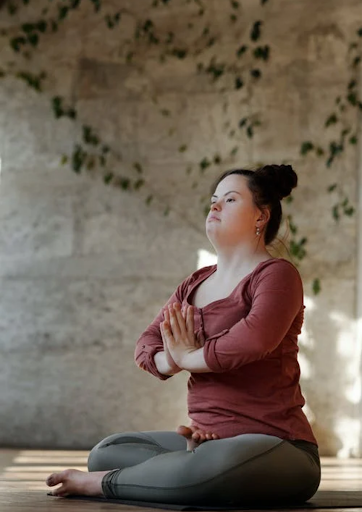Keeping active and getting regular exercise is good for both physical and mental health, but many people with learning disabilities don’t exercise enough. Obesity levels are high in people with learning disabilities and that comes with health problems. We take a look at the role of exercise for people with learning disabilities, the barriers they face and how to encourage keeping more active.
Exercise for physical health
A sedentary lifestyle and sitting down for a lot of time has an adverse effect on physical health in many ways. Strength, flexibility, stamina, balance and coordination can all be affected by a lack of exercise. People with learning disabilities are at higher risk of poor health than the general population, and this includes obesity, diabetes and other associated diseases.
Regular exercise can help you to lose weight and reduce BMI, but it also does much more. It can improve heart health, make you stronger, and improve all those physical aspects that have been impacted by long periods of too little activity.
Exercise for mental health
It’s not only physical health that can benefit from exercise; keeping active is important for mental health too. Spending time outdoors when possible, the release of feel-good hormones, and interacting with other people can all contribute to better mental health. Stress and anxiety can be soothed by the release of cortisol when you do physical activity, and exercise can also have a positive effect on confidence and self-esteem.
Overcoming barriers
Like many things, exercise often poses barriers for people with learning disabilities. These could be personal barriers such as pain, fear of injury, a lack of knowledge or skills, or feeling unsafe in a public setting. There are also social barriers, as sadly there is still discrimination against people with learning disabilities which can lead to a fear of being teased or bullied.
Practical barriers play a large role in the difficulty of exercising. Transport to a suitable venue, the cost of activities and a lack of suitable facilities and disability programmes all combine to make it hard for some people to get the exercise they need.
Finding the right activity
Sometimes, finding the right activity is the key to encouraging more exercise in people with learning disabilities. Here at Halland House, we’ve done a lot of work on coming up with exercise sessions that are fun and engaging. Regular physical activities are just one thing that makes Halland House a great place to live and work.
Some people enjoy team sports and this can be a great way to make friends and feel part of a community. Others do better with individual activities such as swimming or jogging. For some people, the gym is a good environment while others find it too overwhelming.
Easing into activities can be a good way to get started. Going for a walk, following an online fitness class, or even dancing around to music are all good ways to get moving.
For people who also have physical disabilities, getting enough exercise can be even harder but there are options. Chair yoga can be a good way to keep active and build strength and flexibility. It’s a good idea to talk to an individual’s GP as they can advise on which activities will be most beneficial and may even have a referral scheme to help with safe exercising.
Find out more about Halland House
As mentioned, we run regular activities and exercise sessions for our residents and daycare people here at Halland House. If you’d like to find out more about our learning disabilities care home in Uckfield, East Sussex, you can visit our website. If you’d like to be a part of our family and help our residents stay happy, healthy, and in shape, then you can learn about careers at Halland House.

